Description
Activate learning with Warren/Reeve/Duchac, FINANCIAL ACCCOUNTING! Warren offers students clear guidance to complete homework with an efficien presentation for today’s learner.
Warren delivers: Expanded Choice: Many adaptations and purchasing formats (print, Excel for Success adaptation, digital eBook, Loose-Leaf, and textbookrental options). Increased Engagement: A high-impact writing style with contemporary examples, IFRS coverage and multimedia support. Improved Outcomes:
Reliable end-of-chapter homework complemented by CengageNOW and Aplia online software to help manage your course and track student performance. Ease of Use: Premium instructor materials will help you plan your course with ease! From preparing for class to assessing students, Warren’s market-leading resources offer a highly engaging teaching and learning experience.

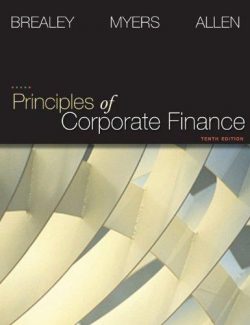




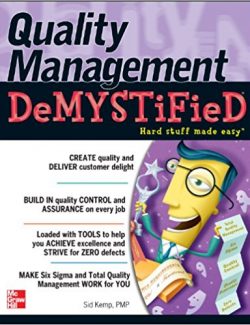
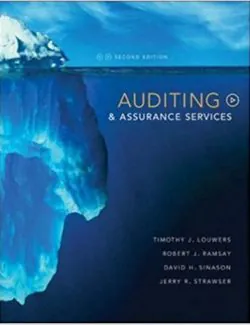
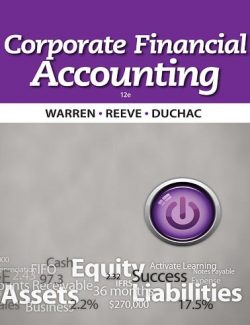



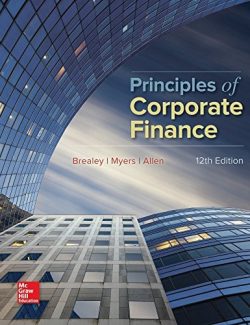
Leave us a comment
1 Comment